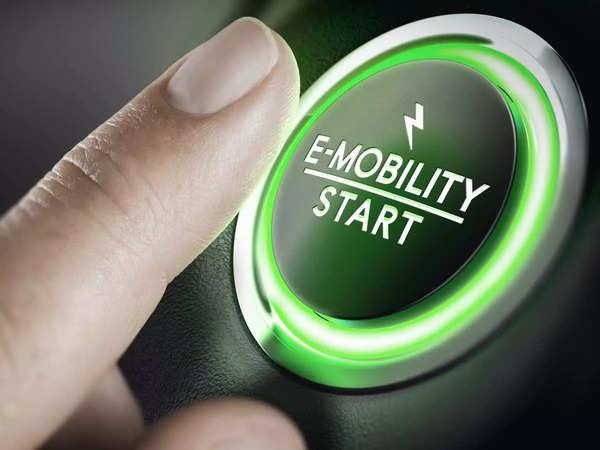NITI Aayog, the government's think tank, is planning to set up electric vehicle (EV) charging infrastructure at railway stations across India. This is part of the government's efforts to promote the adoption of EVs and reduce air pollution.
The draft policy for setting up EV charging infrastructure at railway stations has been shared with the Ministry of Railways. The policy proposes that EV charging facilities be set up at all railway stations in a phased manner by 2030.
The policy also recommends that the EV charging facilities be supplied with renewable energy. This is in line with the Indian Railways' aim to become a net-zero carbon emitter by 2030.
Benefits of setting up EV charging infra at railway stations
Setting up EV charging infra at railway stations has a number of benefits, including:
- Increased adoption of EVs: The availability of EV charging facilities at railway stations will make it easier for people to switch to EVs. This will help to increase the adoption of EVs in India.
- Reduced air pollution: EVs produce zero emissions, which will help to reduce air pollution in India. Railway stations are major hubs of transportation, and the setting up of EV charging facilities at railway stations will play a significant role in reducing air pollution.
- Economic benefits: The setting up of EV charging infra at railway stations will create jobs and boost the Indian economy.
- Convenience for passengers: The availability of EV charging facilities at railway stations will be convenient for passengers. Passengers will be able to charge their EVs while they are waiting for their trains.
Challenges
While setting up EV charging infra at railway stations has a number of benefits, it also faces a number of challenges, including:
- Cost: Setting up EV charging infrastructure is expensive. The government will need to invest heavily in setting up EV charging facilities at railway stations.
- Space: Railway stations are crowded places. It may be difficult to find space to set up EV charging facilities at railway stations.
- Technology: EV charging technology is still evolving. The government will need to ensure that the EV charging facilities set up at railway stations are using the latest technology.
Conclusion
Setting up EV charging infra at railway stations is a positive development. It will help to increase the adoption of EVs in India, reduce air pollution, create jobs, boost the Indian economy, and provide convenience for passengers.
However, setting up EV charging infra at railway stations also faces a number of challenges, such as cost, space, and technology. The government and industry will need to work together to address these challenges in order to ensure the success of the initiative.
Additional thoughts on setting up EV charging infra at railway stations
The setting up of EV charging infra at railway stations is a part of the government's larger efforts to promote the adoption of EVs in India. The government has also introduced a number of other initiatives, such as the Faster Adoption and Manufacturing of (Hybrid &) Electric Vehicles (FAME-II) scheme, to support the EV industry.
The setting up of EV charging infra at railway stations is also a part of the government's larger efforts to reduce air pollution in India. Air pollution is a major problem in India, and the setting up of EV charging infra at railway stations is expected to play a significant role in reducing air pollution.
The setting up of EV charging infra at railway stations is a positive development for India. It is expected to have a number of environmental, economic, and social benefits.






